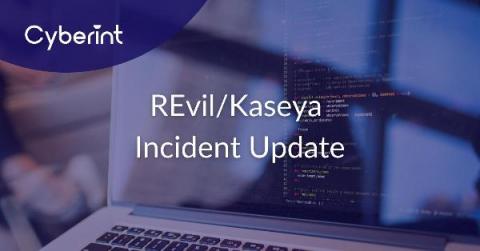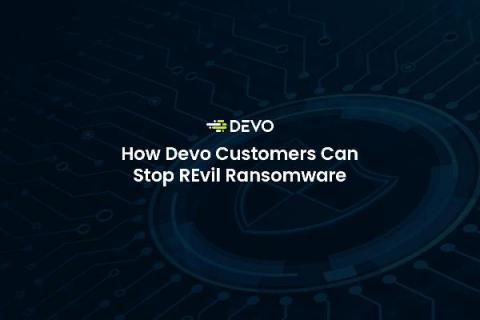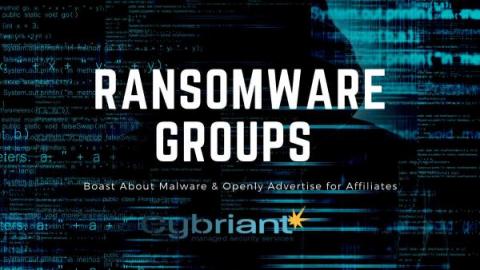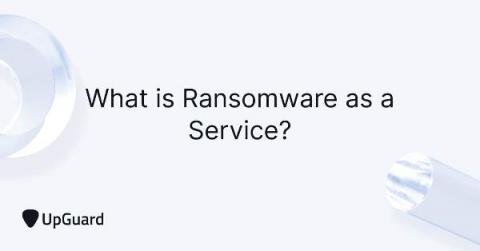Five Questions Your Organization Must Ask to Prepare For a Ransomware Attack
Since last week, I’ve been speaking with Splunk customers and our own team about the cyberattacks impacting the Kaseya software platform. While Splunk was not impacted by the ransomware attack, as a security leader we want to help the industry by providing tools, guidance and support. It’s critical that we work together as a community to counter cybersecurity threats and share information about events like these.










